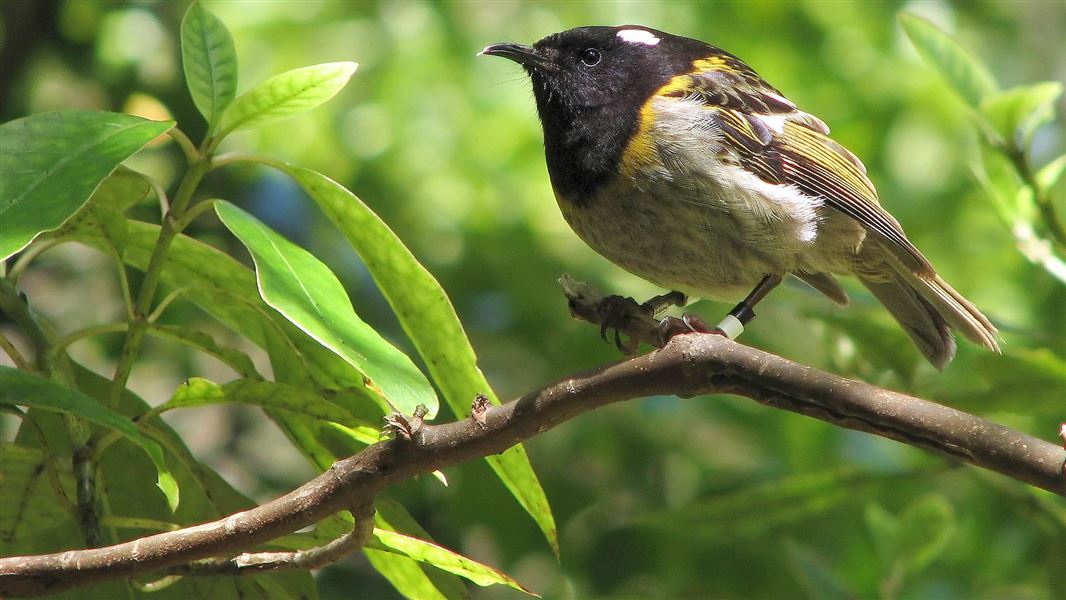First determine your habitat connectivity, habitat size and predator control levels of the translocation site; then view the predicted success of translocations for different scenarios.
Points to note if you are translocating this species
Hihi likely require large, diverse inland and coastal forests with an abundance of fruiting and flowering plants and natural cavities, possibly across an altitudinal gradient.
Hihi projections are not included here due to the difficulties in establishing new populations. If you want to translocate hihi, it is critical that you discuss your proposal with the Hihi Recovery Group well in advance.
Hihi source populations are small and usually committed to other sites. The Hihi Recovery Group leads the recovery of this species on a national scale and determines priorities for translocations to ensure the fastest rate of recovery.
All hihi translocations currently require supportive post-release management. At a minimum, this includes the provision of sugar water as often as required and bi-annual population surveys. In addition, you may also need to provide nest boxes and manage nest mites, monitor breeding success, and band all juveniles following translocation.
Factors of success for hihi
Founder number for maximising genetic diversity
≥ 60
Habitat connectivity
Low (isolated)
Dispersal is likely to be low where sites have low connectivity. Hihi are unlikely to fly across large open areas or water gaps. For example, hihi have been successfully translocated to Maungatautari.
Medium
Translocations to sites with medium connectivity (e.g. Bushy Park and Zealandia) have enjoyed initial success, although ongoing dispersal may limit the population.
High (adjoining)
Translocations to adjoining habitats have experienced very high dispersal, which likely contributed to their failure (e.g. Ark in the Park, Waitakere Ranges).
Habitat size
To date, no hihi translocation has been successful in the absence of supplementary feeding of sugar water post-release, which indicates that all sites have deficient habitat at least during some periods of the year. Consequently, the Hihi Recovery Group will need to assess the proposed habitat and site for release.
Small (minimum area)
100 ha of high-quality habitat
High
≥ 1500 ha of high-quality habitat
Minimum predator control
If you are translocating hihi, all mammalian predators (with the exception of mice) will need to have been eradicated from the release site. Hihi nest and roost in cavities and are highly vulnerable to mammalian predation, particularly by rats and mustelids. The level of predator control that is required is currently unknown, but hihi are likely to need all predators to be eradicated or reduced to zero density.
Predators maintained at low density
Hihi cannot be translocated to sites where predators are maintained at a low density.
Predators eradicated
This requires the total eradication of all target predators with the exception (in most cases) of mice, or the maintenance of zero density year-round.
